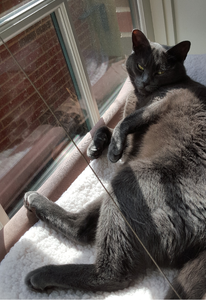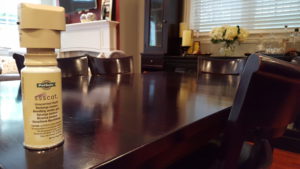Where to Buy Cat Grass – Why Buy When You Can Grow It Yourself?
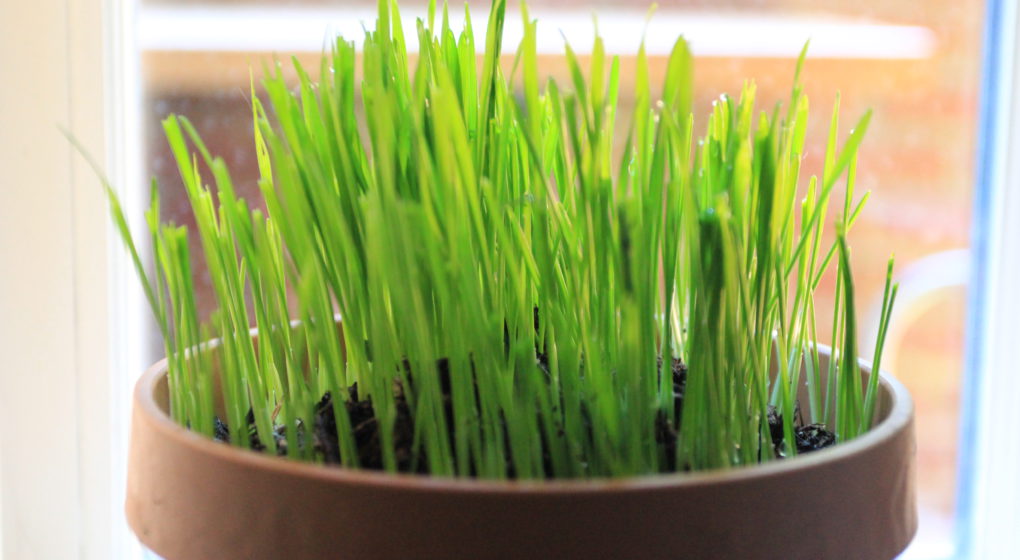
If you’re not already familiar with why you might want to grow cat grass then please check out my article on why your cat might be eating grass. Now if you’ve already read about the benefits of cat grass somewhere else and you’re asking yourself where to buy cat grass then I would ask you right back, why don’t you just grow it yourself? Growing cat grass is a heck of a lot cheaper than buying it over and over again every few weeks. On top of that, growing cat grass is super easy. It is one of the most hands off plants I’ve ever dealt with and growing it makes it even cheaper than buying it pre-grown too.
What You’ll Need to Grow Cat Grass
Let’s break down growing cat grass for your furry feline friends. Fortunately growing cat grass is pretty darn easy and it is also extremely affordable, far more affordable than buying it at the store all the time. The list of supplies you’ll need is quite short:
- Cat Grass Seeds – I like these Wheat grass Seeds
- A plastic or ceramic pot – I recommend ceramic just for the weight, but plastic is fine too. Drainage holes are a bonus.
- Potting Soil – This type works just fine
- Water
- Optional: Pebbles/rocks
- Optional: Fertilizer. I’ve never bothered with fertilizer for cat grass and it always grows just fine.
Below I’ve documented each of the steps that it takes to grow your own cat grass. I’ve provided both a video and a text & photo version so even if you’re in a noisy spot you can still take a look through the simple steps. Note that I planted everything outside just to save myself from making a mess all over the place, but if you don’t have a place to plant outside feel free to do this right in your kitchen sink or on some newspaper inside.
Step by Step Video Directions to Grow Your Own Cat Grass
Step by Step Text & Photo Directions to Grow Your Own Cat Grass
Step 1. Get all of the different pieces listed above together in one spot.
Step 2. Put a small layer of pebbles/rocks on the bottom of your pot. It will help weigh it down and assist with drainage.
 |
 |
Step 3. Fill your pot with potting soil most of the way up, leave about an inch at the top of your pot.
Step 4. Sprinkle your seeds into the pot. Note you can use any Cat Grass seeds but I’ve personally had excellent luck with the type I listed above by Todd’s Seeds. Another option you can consider is Oat Grass. Don’t be stingy with the seeds when you sprinkle them out. Cat grass seeds don’t take up a lot of room and you want a lot of it to grow.
Step 5. Top off the soil. Don’t pat the soil down, just leave it loose and shake it a bit to even the dirt out on top. This will make it far easier for the cat grass to push its way out when it starts to sprout.
Step 6. Pour water on the seeds with a watering can, hose or whatever is handy. Don’t drench them to the point that everything turns to mud, but make sure the soil is moist.
Step 7. Keep it out of a completely sunny place while the seeds germinate, a warm spot is good. You don’t need to put it in a room with no windows, just don’t set outside on a rooftop where it will receive full sun all day. Return each day for the next few days and give it a little water if the soil doesn’t look/feel moist. Again, there’s no need to soak it completely, but you want it a little moist. I live in a relatively humid environment so I only had to add water one time before they sprouted.
Step 8. Once the sprouts pop up above ground move your cat grass into a sunny spot, preferably that your cats can’t get to it for about 2-3 days while the shoots really take off. If your cats get to it too early they will likely mow it down before it has a chance to thrive!
Step 9. Watch your kitties enjoy and make sure it stays moist so it doesn’t die. You’ll still need to water the grass every 3-4 days over the 2-3 week life of the pot. Don’t let it completely dry out!
A Few Additional Tips Based on Experience
- My cats are like lawn mowers with the cat grass and will easily eat an entire decent sized pot in a week. Because my cats tear through it so quickly I typically start a new pot every week or two to keep a constant supply available.
- The wheat grass doesn’t ‘grow back’ once the cats mow it down to the base. Once they’ve gone through most of the grass in the pot you’ll probably need to pull out the grass and dump a bit of the root locked dirt into the garbage. Then you can add a bit more dirt and start again. You should be able to re-use the same pots quite often without completely dumping the dirt all the time.
- If you decide to use plastic pots then be sure to put a few rocks in the bottom of the pot for weight purposes like you see in the photos. Otherwise your cat is likely to drag/knock the pot over as she chomps on the grass and tries to break it off.
- I highly recommend you leave your pots on the floor once you grant your cats access. My cats have knocked the pots off of the window more than once when I use the lightweight plastic ones. It makes for quite a mess and you only have yourself to blame for it since I forewarned you!
- One additional note, after eating cat grass cats will sometimes vomit. This is completely normal. Feel free to check out my article on why this might happen and if you should be worried about it.
Have you ever grown your own cat grass? If so, how’d it turn out? Do you have any additional tips you think should be added to this page? Also please feel free to directly email me your pictures of your cats eating cat grass and I’ll get them posted into a gallery! Please leave a comment or email me directly at Craig@StuffCatsWant.com with any thoughts!
StuffCatsWant.com is a participant in the Amazon Services LLC Associates Program, an affiliate advertising program designed to provide a means for sites to earn advertising fees by advertising and linking to Amazon.com.





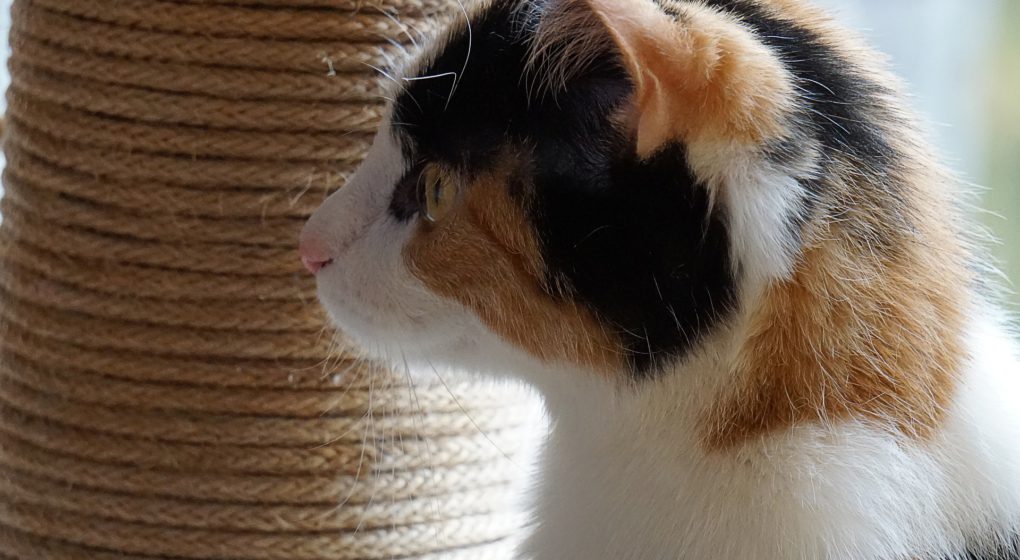


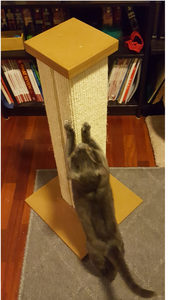


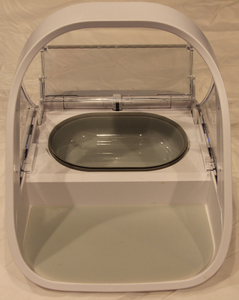


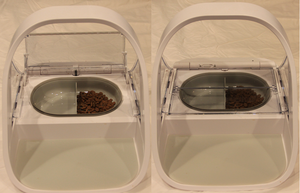 Once the microchip ID has been learned you can very easily start the training process for your cat. Training process?!? What training process? Some cats don’t require the training process at all, but some are a little bit skittish because the feeder makes a little bit of noise when it opens and closes.
Once the microchip ID has been learned you can very easily start the training process for your cat. Training process?!? What training process? Some cats don’t require the training process at all, but some are a little bit skittish because the feeder makes a little bit of noise when it opens and closes.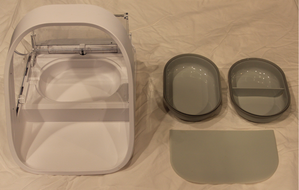
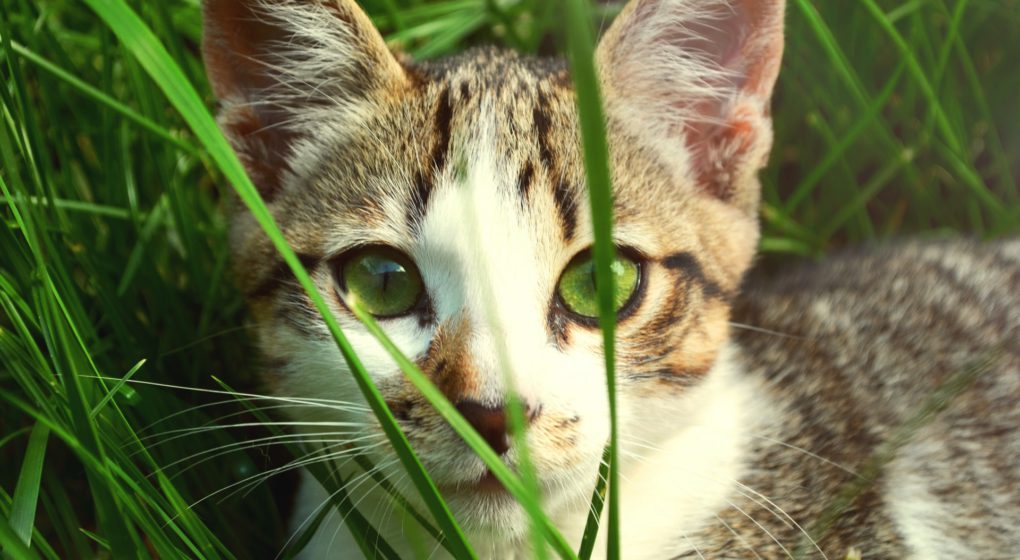




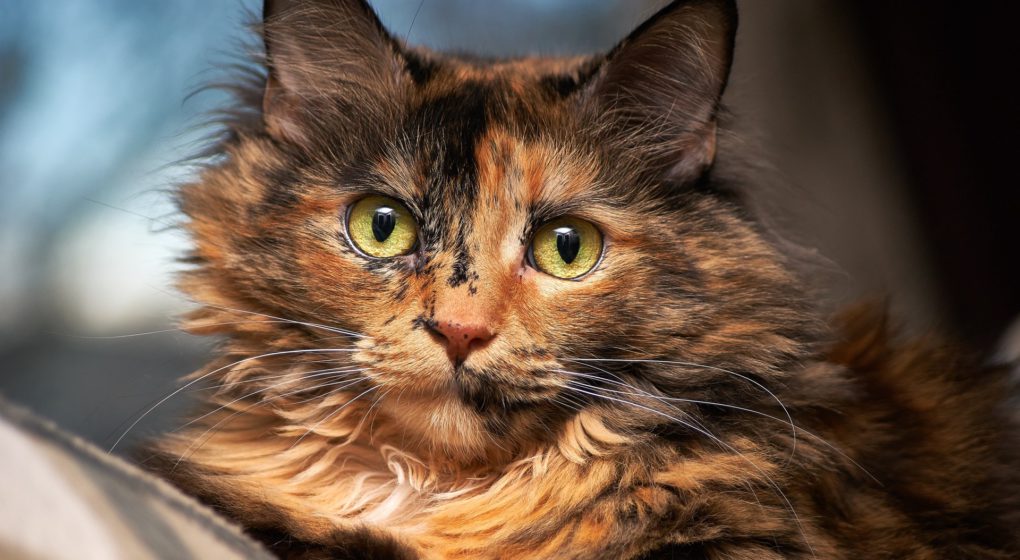


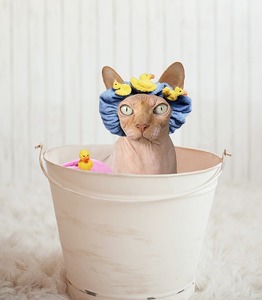
 Developing a high quality fur coat – If your cat doesn’t have a healthy coat with a nice sheen to and he or she is getting plenty of water this may be a strong indicator that your cat might not be getting all of the right nutrients she needs to maintain a healthy coat. Some of the key nutrients that produce a shiny coat, not surprisingly, come from fatty acids. Omega-3 and Omega-6 to be exact. There are a bunch of different ways to get your cat more of of these fatty acids including supplements and specially formulated food. Check with your vet to see which is best for your cat.
Developing a high quality fur coat – If your cat doesn’t have a healthy coat with a nice sheen to and he or she is getting plenty of water this may be a strong indicator that your cat might not be getting all of the right nutrients she needs to maintain a healthy coat. Some of the key nutrients that produce a shiny coat, not surprisingly, come from fatty acids. Omega-3 and Omega-6 to be exact. There are a bunch of different ways to get your cat more of of these fatty acids including supplements and specially formulated food. Check with your vet to see which is best for your cat.
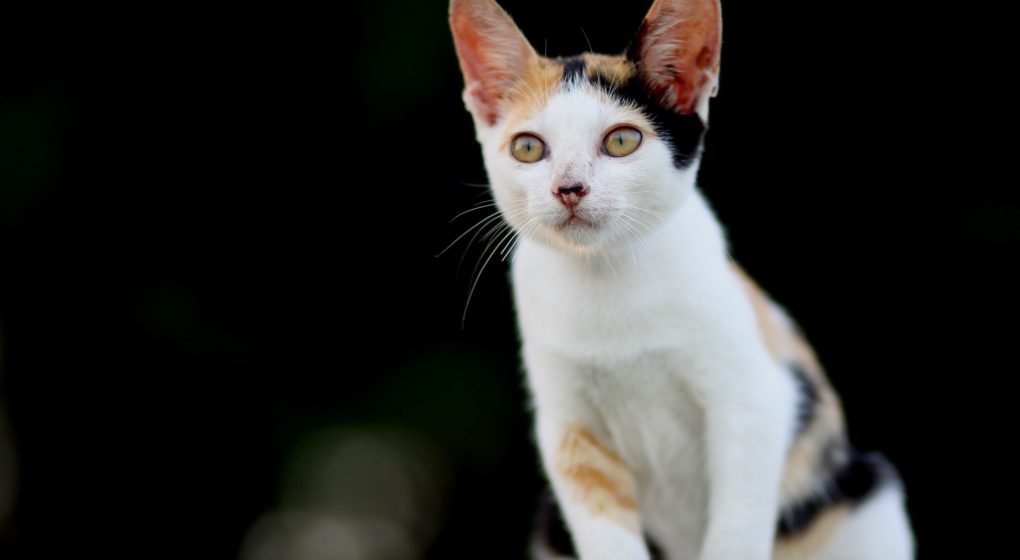



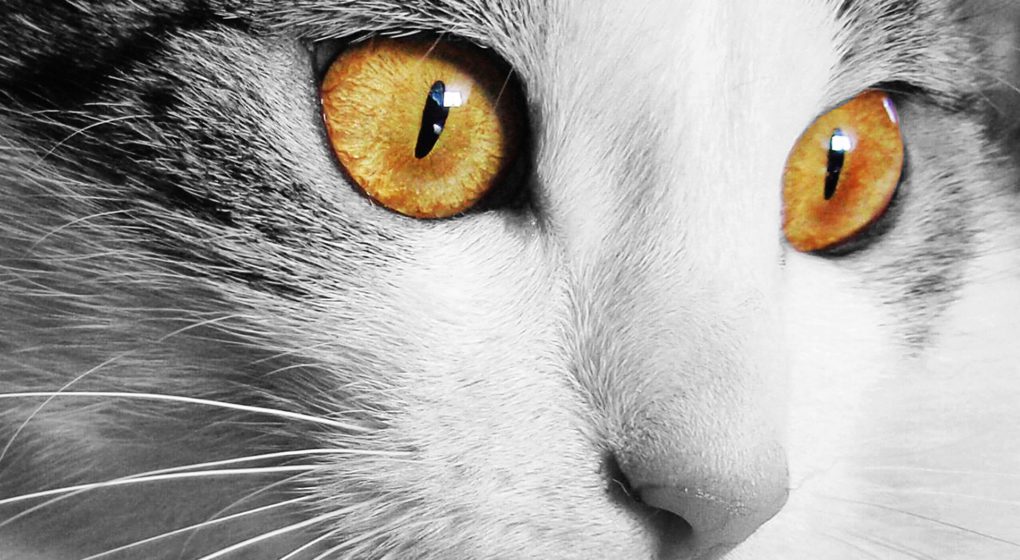

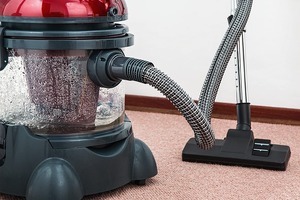
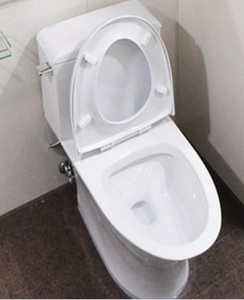 Changing the Game Completely
Changing the Game Completely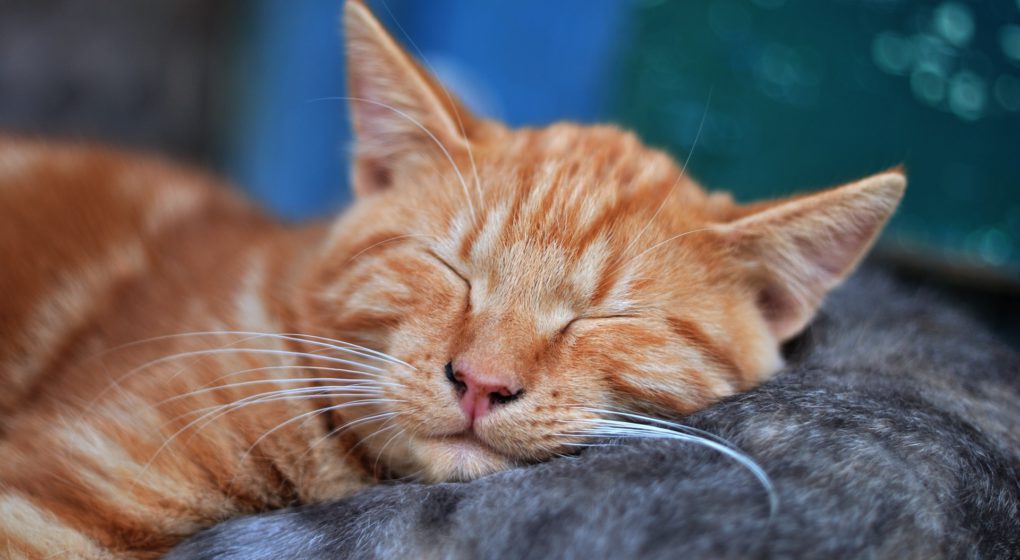



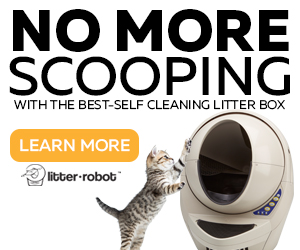


















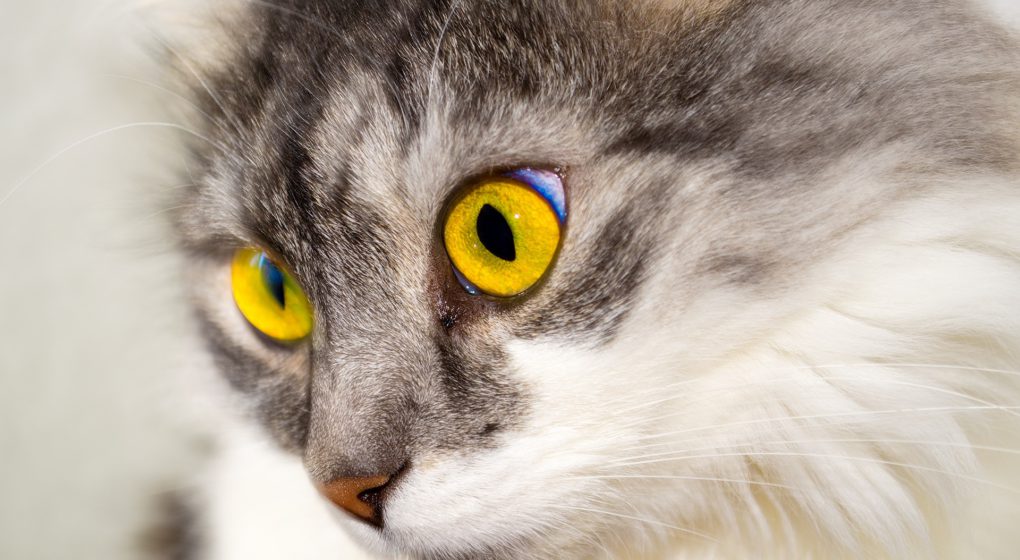
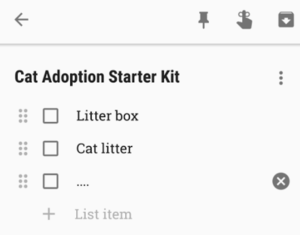 I assume you’ve landed here because you’re in the process of adopting a cat and you’ve never had a cat before. That or you just want to see if I have any idea what I’m talking about as a cat owner. So let’s get down to brass tacks, what products do you need in your cat adoption kit? In other words, what does it take to take care of a cat when you first bring it home? While a few of these things will depend on the age of the cat there are a couple of basic supplies that will be required no matter what. I’ve first provided an overview in each section and a link to a comprehensive list of my favorite products after years of ownership and fostering cats from our local rescue.
I assume you’ve landed here because you’re in the process of adopting a cat and you’ve never had a cat before. That or you just want to see if I have any idea what I’m talking about as a cat owner. So let’s get down to brass tacks, what products do you need in your cat adoption kit? In other words, what does it take to take care of a cat when you first bring it home? While a few of these things will depend on the age of the cat there are a couple of basic supplies that will be required no matter what. I’ve first provided an overview in each section and a link to a comprehensive list of my favorite products after years of ownership and fostering cats from our local rescue.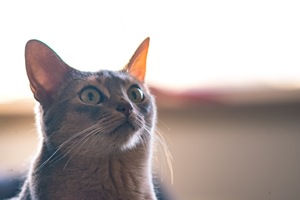 Above I’ve provided a general outline on the types of things you’ll need for your cat, but I didn’t provide any particular recommendations. This is because what has worked well for me and for my cats might not work especially well for you. Every cat is different and some of them may enjoy things that others don’t want anything to do with. A key example is that my cats have zero interest in empty boxes. Despite popular belief and a slew of YouTube videos showing otherwise, some cats simply aren’t going to play in boxes. If you are interested in my specific list of recommended products, I’ve provided a separate post that details all of the products that have all performed well for me as well as a couple options from a price perspective. Please feel free to check it out here:
Above I’ve provided a general outline on the types of things you’ll need for your cat, but I didn’t provide any particular recommendations. This is because what has worked well for me and for my cats might not work especially well for you. Every cat is different and some of them may enjoy things that others don’t want anything to do with. A key example is that my cats have zero interest in empty boxes. Despite popular belief and a slew of YouTube videos showing otherwise, some cats simply aren’t going to play in boxes. If you are interested in my specific list of recommended products, I’ve provided a separate post that details all of the products that have all performed well for me as well as a couple options from a price perspective. Please feel free to check it out here: 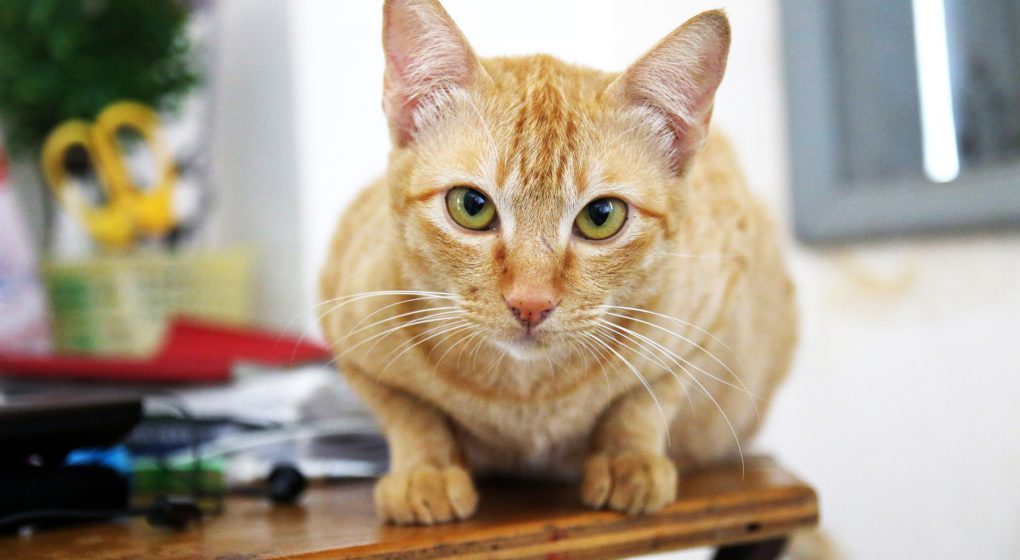

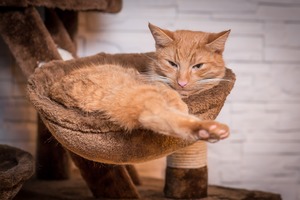 If you don’t want your cat on any of of your current furniture then that’s a bit of a different concern! If this is the situation you are in then you should consider some sort of cat some ‘climbing equipment.’ No, I don’t mean a rope and harness, they lack the opposable things to climb like us humans anyway. I’m talking about things cats only dream of, the coveted Cat Castle, or the fluffy Window Bed that feels like sleeping on Cloud 9 while the sun shines down. Other options include Climbing Shelves, Climbing Trees, Cat Trees & Cat Climbing Posts. I’ll be honest, all that is important is that it will let your cat get up somewhere high where they can look down on us humans (potentially in disdain depending on what we’ve done for them lately).
If you don’t want your cat on any of of your current furniture then that’s a bit of a different concern! If this is the situation you are in then you should consider some sort of cat some ‘climbing equipment.’ No, I don’t mean a rope and harness, they lack the opposable things to climb like us humans anyway. I’m talking about things cats only dream of, the coveted Cat Castle, or the fluffy Window Bed that feels like sleeping on Cloud 9 while the sun shines down. Other options include Climbing Shelves, Climbing Trees, Cat Trees & Cat Climbing Posts. I’ll be honest, all that is important is that it will let your cat get up somewhere high where they can look down on us humans (potentially in disdain depending on what we’ve done for them lately).